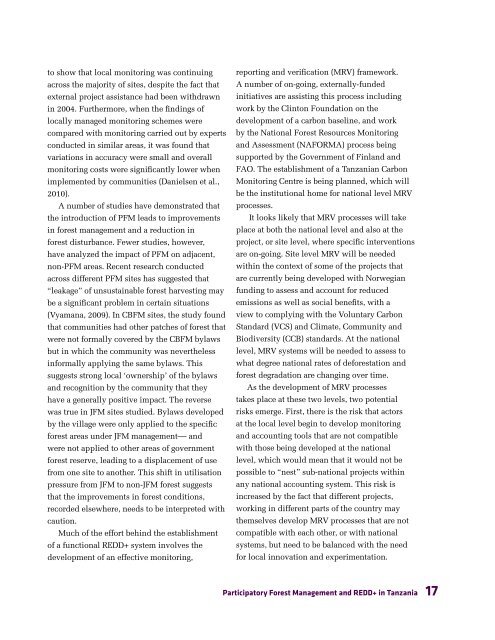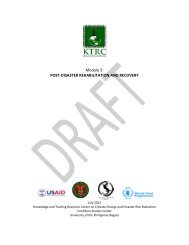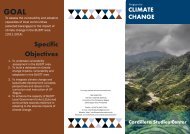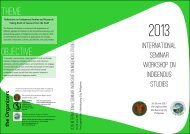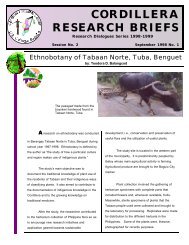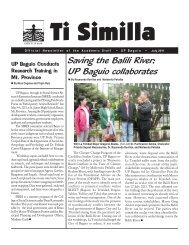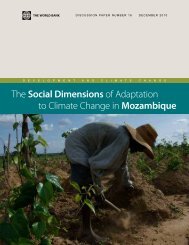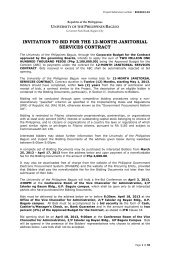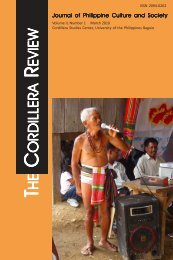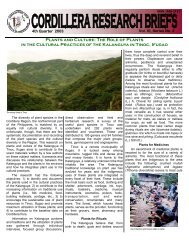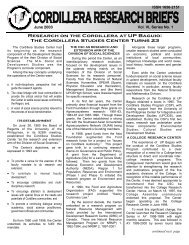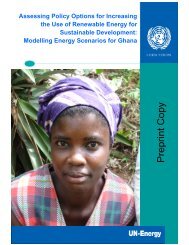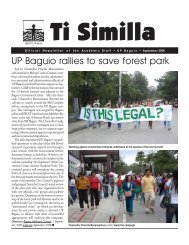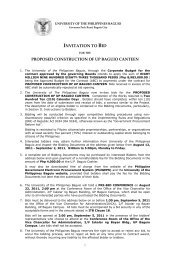Tanzania Report
Tanzania Report
Tanzania Report
Create successful ePaper yourself
Turn your PDF publications into a flip-book with our unique Google optimized e-Paper software.
to show that local monitoring was continuing<br />
across the majority of sites, despite the fact that<br />
external project assistance had been withdrawn<br />
in 2004. Furthermore, when the findings of<br />
locally managed monitoring schemes were<br />
compared with monitoring carried out by experts<br />
conducted in similar areas, it was found that<br />
variations in accuracy were small and overall<br />
monitoring costs were significantly lower when<br />
implemented by communities (Danielsen et al.,<br />
2010).<br />
A number of studies have demonstrated that<br />
the introduction of PFM leads to improvements<br />
in forest management and a reduction in<br />
forest disturbance. Fewer studies, however,<br />
have analyzed the impact of PFM on adjacent,<br />
non-PFM areas. Recent research conducted<br />
across different PFM sites has suggested that<br />
“leakage” of unsustainable forest harvesting may<br />
be a significant problem in certain situations<br />
(Vyamana, 2009). In CBFM sites, the study found<br />
that communities had other patches of forest that<br />
were not formally covered by the CBFM bylaws<br />
but in which the community was nevertheless<br />
informally applying the same bylaws. This<br />
suggests strong local ‘ownership’ of the bylaws<br />
and recognition by the community that they<br />
have a generally positive impact. The reverse<br />
was true in JFM sites studied. Bylaws developed<br />
by the village were only applied to the specific<br />
forest areas under JFM management–– and<br />
were not applied to other areas of government<br />
forest reserve, leading to a displacement of use<br />
from one site to another. This shift in utilisation<br />
pressure from JFM to non-JFM forest suggests<br />
that the improvements in forest conditions,<br />
recorded elsewhere, needs to be interpreted with<br />
caution.<br />
Much of the effort behind the establishment<br />
of a functional REDD+ system involves the<br />
development of an effective monitoring,<br />
reporting and verification (MRV) framework.<br />
A number of on-going, externally-funded<br />
initiatives are assisting this process including<br />
work by the Clinton Foundation on the<br />
development of a carbon baseline, and work<br />
by the National Forest Resources Monitoring<br />
and Assessment (NAFORMA) process being<br />
supported by the Government of Finland and<br />
FAO. The establishment of a <strong>Tanzania</strong>n Carbon<br />
Monitoring Centre is being planned, which will<br />
be the institutional home for national level MRV<br />
processes.<br />
It looks likely that MRV processes will take<br />
place at both the national level and also at the<br />
project, or site level, where specific interventions<br />
are on-going. Site level MRV will be needed<br />
within the context of some of the projects that<br />
are currently being developed with Norwegian<br />
funding to assess and account for reduced<br />
emissions as well as social benefits, with a<br />
view to complying with the Voluntary Carbon<br />
Standard (VCS) and Climate, Community and<br />
Biodiversity (CCB) standards. At the national<br />
level, MRV systems will be needed to assess to<br />
what degree national rates of deforestation and<br />
forest degradation are changing over time.<br />
As the development of MRV processes<br />
takes place at these two levels, two potential<br />
risks emerge. First, there is the risk that actors<br />
at the local level begin to develop monitoring<br />
and accounting tools that are not compatible<br />
with those being developed at the national<br />
level, which would mean that it would not be<br />
possible to “nest” sub-national projects within<br />
any national accounting system. This risk is<br />
increased by the fact that different projects,<br />
working in different parts of the country may<br />
themselves develop MRV processes that are not<br />
compatible with each other, or with national<br />
systems, but need to be balanced with the need<br />
for local innovation and experimentation.<br />
Participatory Forest Management and REDD+ in <strong>Tanzania</strong><br />
17


